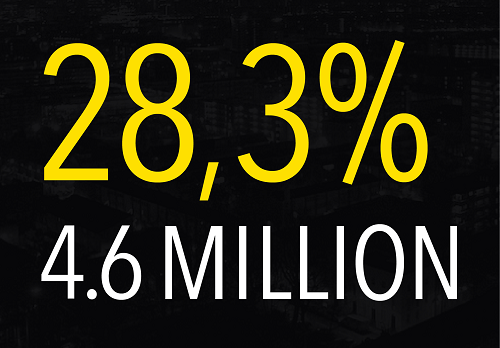
Fig. from the Office for National Statistics (Background image by Andy Wilkes, available on Flickr on a Creative Commons BY-NC-ND 2.0 license)
Existing domestic abuse (DA) support services, such as those offered by healthcare and law-enforcement, are currently insufficient, and often inadequate, while funding is continuously reduced.
According to the Office for National Statistics, 28.3% (4.6 million) of women over the age of 16, in England and Wales, have experienced some form of DA. The most commonly experienced types of violence are non-sexual partner abuse, stalking, and sexual assault. Victims suffer from a significantly higher incidence of complications such as chronic pain, sexually transmitted diseases, depression, and post-traumatic stress disorder, many of which persevere long after the abuse has ended.
This research explores the use of co-design methods to address this problem. It will involve DA survivors and professionals dealing with DA (clinicians, police officers, charity and support workers) in creating solutions that could improve DA service provision, from both the perspectives of service-users and service-providers. The project aims to develop prototype interventions,that have been co-designed by key-participants from the identified stakeholder groups, and are viable to be deployed and evaluated in real-world operational settings.
It will leverage the potential of readily-available commercial technologies (smartphones, wearables, Internet of Things devices) to co-design solutions that can be implemented in real-world practice and that do not make use of costly specialised equipment. Digital technology solutions have been found to be of great benefit in improving public services, and could be of use in a DA context to address known issues surrounding, for example, information provision, multi-agency communication, clinical patient screening, and evidence gathering techniques, to name only a few.
This research also aims to contribute to existing knowledge regarding co-design methods for sensitive contexts, ethical implications of conducting co-design with vulnerable participants, and the dual role of the designer-researcher in design-led research and co-design.
